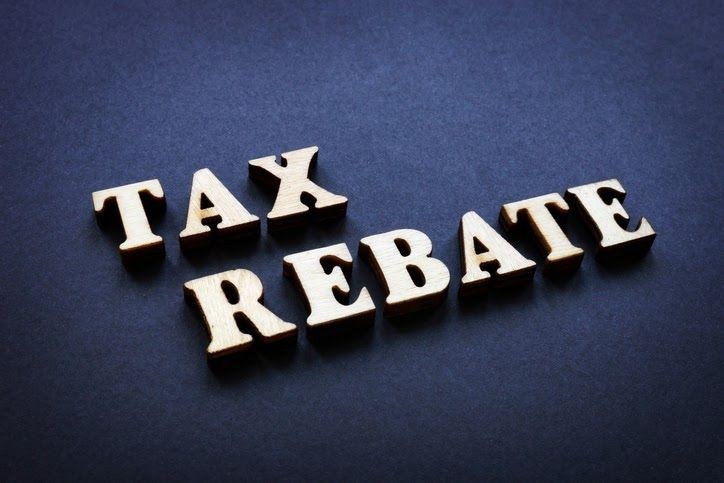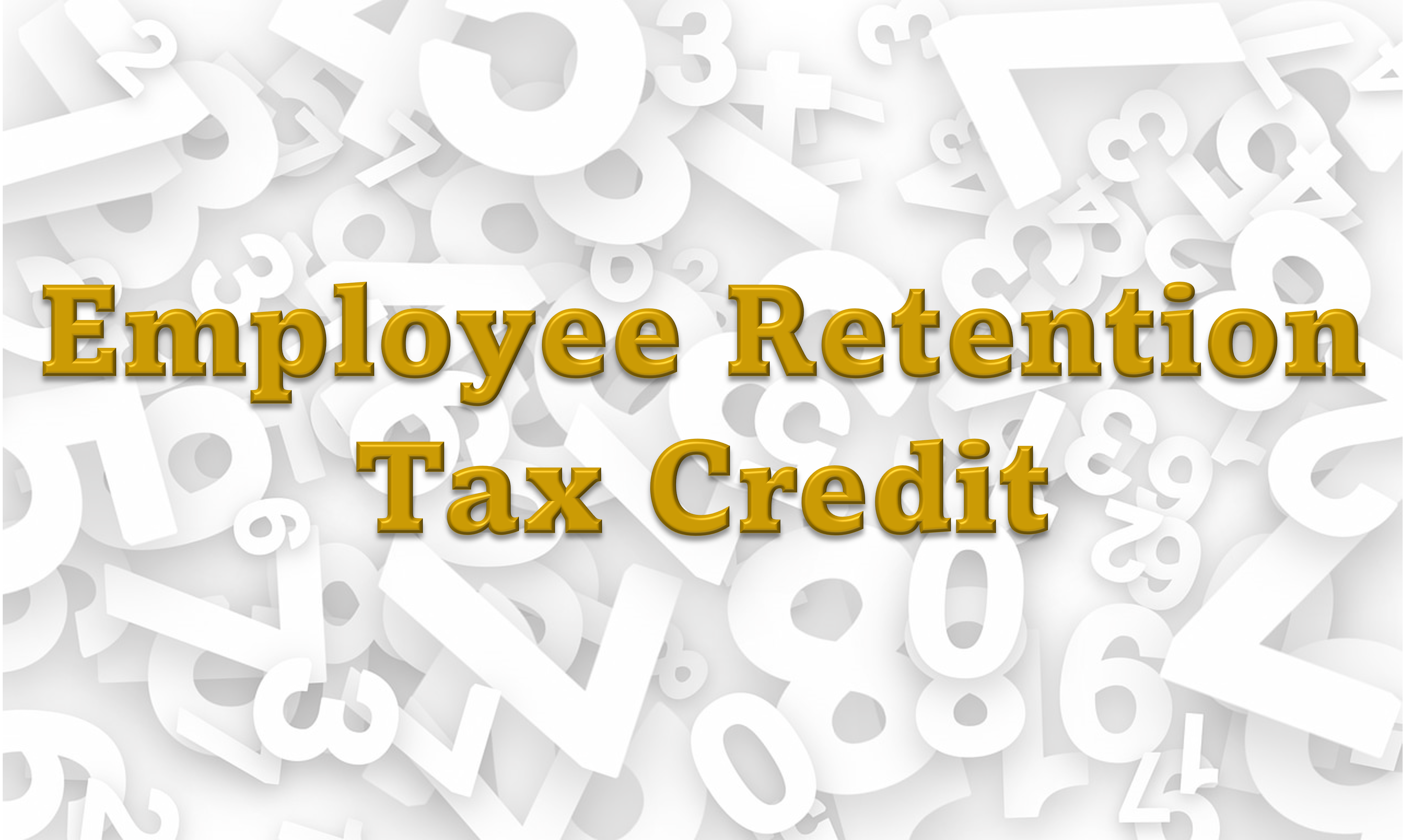The Coronavirus Aid, Relief, and Economic Security (CARES) Act provides for a recovery rebate credit of $1,200 for individuals or $2,400 for couples and $500 per child against the tax imposed in the first tax year beginning in 2020. The credit is phased out at a rate of 5% of a taxpayer’s adjusted gross income (AGI) exceeding $150,000 for joint filers, $112,500 for a head of household, and $75,000 for everyone else.
To help with the current COVID-19 crisis and expedite the delivery of rebate credits to people, an advanced refund amount is calculated based on taxpayers’ AGI for 2019 or for 2018 if 2019 amounts are not yet available. This prepaid amount is an approximation of the credit that the taxpayer should receive based on the 2020 tax year, therefore, changes in the taxpayer’s AGI in 2020 can make a significant difference in determining whether a taxpayer will ultimately qualify for the recovery rebate credit. For example, a married couple with two children may not receive an advanced refund at all if they had high income in 2018 or 2019. However, due to the current crisis, their income may be substantially lower in 2020, which would allow them to qualify for part or all of the credit on their 2020 return.
Given that this credit is only available for 2020, taxpayers in the credit phaseout range may want to look at potential opportunities to increase and/or preserve those amounts through proactive tax planning:
- Forgo of retirement Taxpayers who have the resources to forgo IRA and 401(k) distributions this year could lower their AGI to increase or preserve the current-year recovery rebate if they did not receive the entire advanced refund due to the phaseout.
- Considering donating more. The CARES Act provides an increased charitable deduction that allows taxpayers to claim up to $300 as an above-the-line deduction, enabling charitable deductions to be subtracted from gross income and further lowering AGI. Even though the amount of the above-the-line deduction is not high, it does help
increase the recovery rebate. Furthermore, it is also important to note that the AGI limitation on charitable contributions for 2020 is also revised to 100% of AGI for individual taxpayers.
- Married filing separately may be an In most situations, it is better for a married couple to file a joint return rather than file separately. However, filing separately could be a beneficial option for tax year 2020 – for married taxpayers whose AGI causes them to lose over half the credit and where one spouse makes disproportionately more than the other, it may be better to file separately, allowing the spouse with lower income to receive part or even all of the credit that the couple would not have been eligible for had they filed married filing jointly.
- Reconsidering claiming college children as dependents. Because qualified children over the age of 17 and qualified relatives are claimed on another taxpayer’s tax return as a dependent, taxpayers claiming them as dependents are not entitled to an additional $500 recovery rebate However, if those children and qualified relatives are not claimed as dependents in 2020, each one is eligible for the $1,200 credit. Since the refundable credit does not have a minimum income requirement, in most instances, it will overall be more beneficial for children over age 17 and qualified relatives not to be claimed as a dependent in 2020. (*This provision does not exclude situations where the benefit of claiming a dependent is more than the $500 dependent care credit.)
- Using the advanced refund to increase retirement contributions and maximize the recovery refund. Taxpayers who are in jeopardy of losing part of their credit due to the phaseout might want to use any advanced refund that they receive to increase their 401(k) contributions. Since 401(k) contributions are pre-tax contributions, taxpayers should be able to increase their 401(k) contribution more than the advanced refund amount without revising their personal budgets. For example, for the family of four mentioned above, assume the family is in a 30% marginal federal tax bracket, this family could use the advanced refund of
$3,400 to increase their 401(k) contribution to $3,400 ÷ (1 – 0.30) = $4,850 (all numbers are rounded) without affecting their after-tax take-home pay.
Every taxpayer’s situation is different, and many factors could kick in when considering taking more or full advantage of the recovery rebate credit. If you need assistance regarding this topic, please reach out to us at (469) 467-4660, or info@ahujaclark.com.






